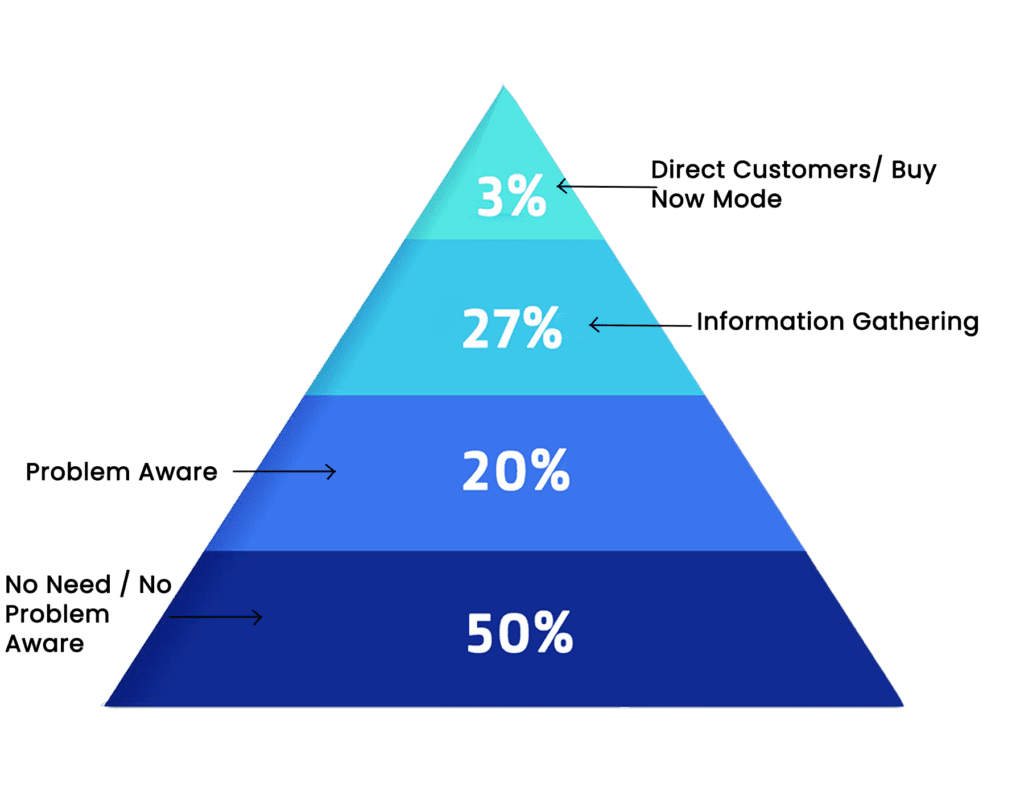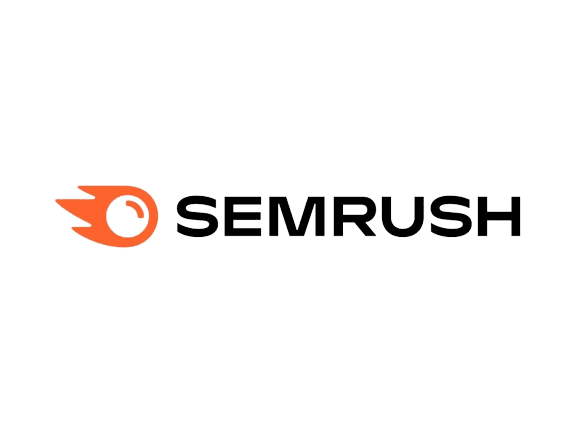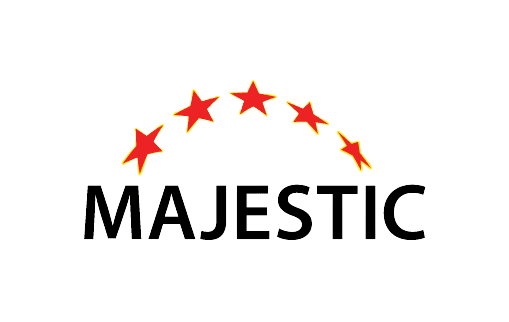Search Engine Optimization

3.5 Billion searches on Google, Per day.
The goal is to rank on the first page of Google for the selected key words > Increase web traffic > Create a strategy to convert traffic into leads > convert those leads into sales.
Types of Searches
- Navigational Searches – To find a particular website or location.
- Informational Searches – Looking for answers or to be educated.
Looking for reviews or news etc. - Transactional Searches – Looking to buy / ecommerce
Target Audience

SEO Factors
- Keyword Research
We identify relevant keywords and phrases that your target audience is likely to search for when looking for products, services, or information related to your business. Use keyword research tools to determine search volume, competition, and identify high-value keywords to target in your content.
- On-Page Optimization
Optimizing the elements on your website to make them search engine-friendly. This includes optimizing title tags, meta descriptions, headings, URL structures, and incorporating target keywords naturally into your content. Ensure your website has a clear site structure, mobile-friendliness, fast page load times, and easy navigation for both users and search engines.
- Quality Content Creation
Create high-quality, informative, and engaging content that addresses the needs and interests of your target audience. Focus on providing value, answering questions, and solving problems. Incorporate relevant keywords naturally within your content while maintaining readability and coherence.
- Off-Page Optimization
Build a strong online presence and reputation through off-page optimization techniques. This includes earning backlinks from reputable and relevant websites, leveraging social media platforms to amplify your content, and engaging with your audience through comments, shares, and discussions.
- Technical SEO
Ensure that your website meets technical requirements for search engines to crawl and index it effectively. This involves optimizing website architecture, implementing structured data markup, XML sitemaps, and using proper canonical tags to avoid duplicate content issues.
- Local SEO
If your business serves a local area, optimize your website and online presence for local search. This includes optimizing your Google My Business profile, obtaining online reviews, and ensuring consistent and accurate business information across online directories.
- User Experience
Prioritize user experience to improve engagement and reduce bounce rates. Create a visually appealing and user-friendly website design, optimize for mobile devices, and make it easy for visitors to find what they’re looking for. Fast loading times, intuitive navigation, and clear calls-to-action contribute to a positive user experience.
- Analytics and Monitoring
Regularly monitor your website’s performance using analytics tools like Google Analytics. Track key metrics such as organic traffic, keyword rankings, bounce rates, and conversion rates. Analyze the data to gain insights into user behavior, identify areas for improvement, and adjust your SEO strategy accordingly.







It’s important to note that SEO is a continuous process that requires ongoing effort, as search engine algorithms and user behaviors evolve over time. Staying up-to-date with industry trends and best practices is essential for maintaining and improving your website’s visibility in search engine results.

